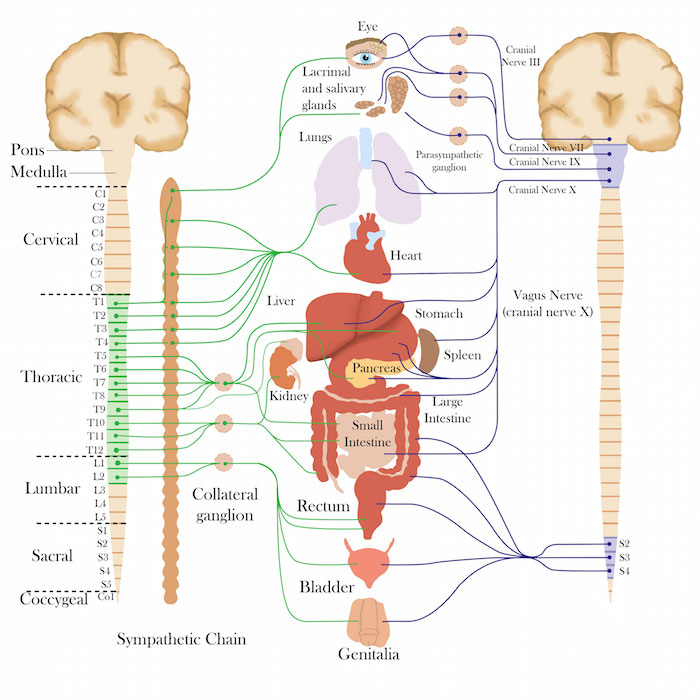Prolonged exposure to stressful environments can lead to serious health problems. Therefore, measuring stress in daily life situations through non-invasive procedures has become a significant research challenge. In this paper, we describe a system for the automatic detection of momentary stress from behavioral and physiological measures collected through wearable sensors. The system’s architecture consists of two key components: a) a mobile acquisition module; b) an analysis and decision module. The mobile acquisition module is a smartphone application coupled with a newly developed sensor platform (Personal Biomonitoring System, PBS). The PBS acquires behavioral (motion activity, posture) and physiological (
One study is focused to build architecture that consists of two key components: a) a mobile acquisition module; b) an analysis and decision module. The mobile acquisition module is a smartphone application coupled with a newly developed sensor platform (Personal Biomonitoring System, PBS). The PBS acquires behavioral (motion activity, posture) and physiological (hearth rate) variables, performs low-level, real-time signal preprocessing, and wirelessly communicates with the smartphone application, which in turn connects to a remote server for further signal processing and storage. The decision module is realized on a knowledge basis, using neural network and fuzzy logic algorithms able to combine as input the physiological and behavioral features extracted by the PBS and to classify the level of stress, after previous knowledge acquired during a training phase. The training is based on labeling of physiological and behavioral data through self-reports of stress collected via the smartphone application. After training, the smartphone application can be configured to poll the stress analysis report at fixed time steps or at the request of the user. Preliminary testing of the system is ongoing.
Monitoring the Autonomic Nervous System
Empatica has developed a wearable sensor called E4 wristband that can detect and record stress in real-time.
Sympathetic activation increases when you experience excitement or stress whether physical, emotional, or cognitive. The skin is the only organ that is purely innervated by the sympathetic nervous system.
Sympathetic activation (also Sympathetic arousal) increases when you experience excitement, or something important is happening or about to happen. It increases also with stressors – whether physical, emotional, or cognitive. In some medical conditions (e.g., epilepsy), it shows significant increases that are related to specific brain structures activation.
Parasympathetic activation occurs when your body needs to slow down and relax. It can be stimulated by the consumption of a hearty meal or deep breathing.
How do we measure sympathetic activation? The skin is the only organ that is purely innervated by the sympathetic nervous system(and not affected by parasympathetic activation). We can observe increases in sympathetic activation by monitoring subtle electrical changes across the surface of the skin.
Changes in heart rate (the time between the peak of each heart beat) occur as a result from both sympathetic and parasympathetic activation. Estimates of parasympathetic nervous system activation or vagal tone can be made by extracting the high frequency component of this heart rate variability.

E4 Sensors features:
PPG Sensor
Photoplethysmography Sensor – Measures Blood Volume Pulse (BVP), from which heart rate, heart rate variability (HRV), and other cardiovascular features may be derived
3-axis Accelerometer
Captures motion-based activity
Event Mark Button
Tags events and correlate them with physiological signals
EDA Sensor (GSR Sensor)
Electrodermal Activity Sensor – Used to measure sympathetic nervous system arousal and to derive features related to stress, engagement, and excitement.
Infrared Thermopile
Reads peripheral skin temperature
Internal Real-Time Clock
Temporal resolution up to 0.2 seconds in streaming mode

